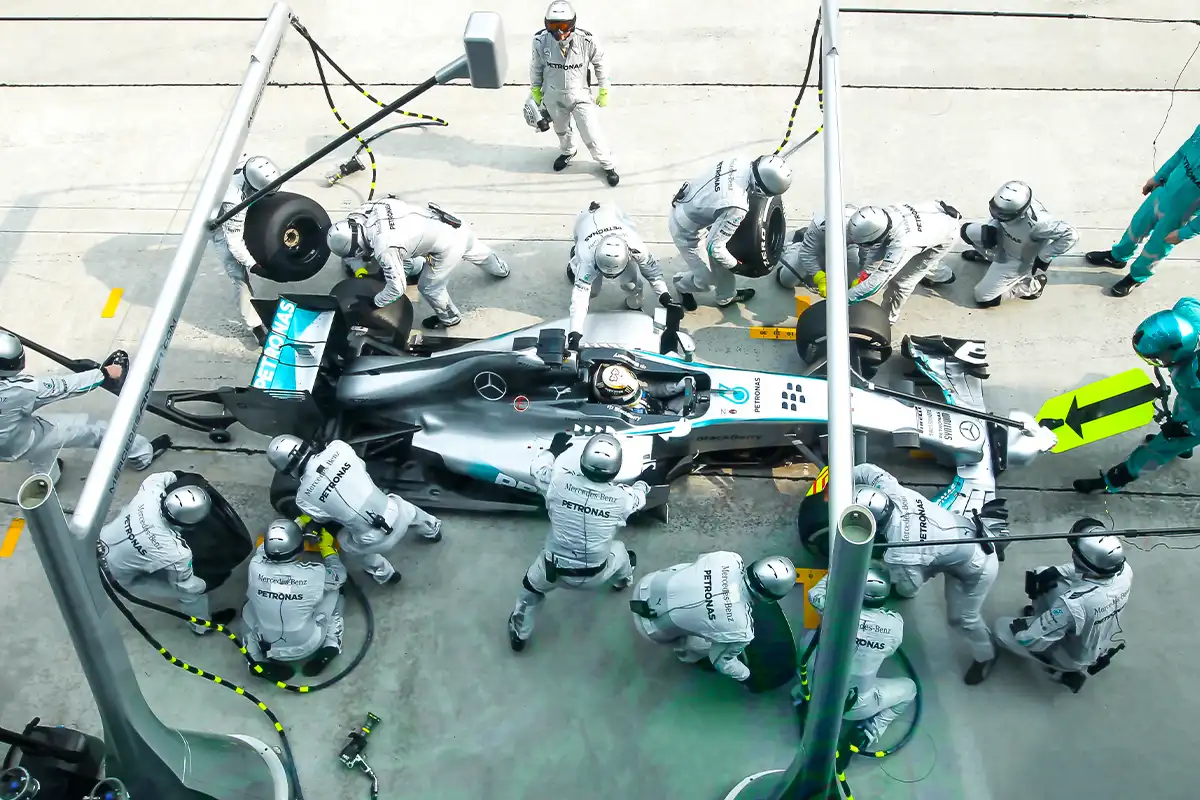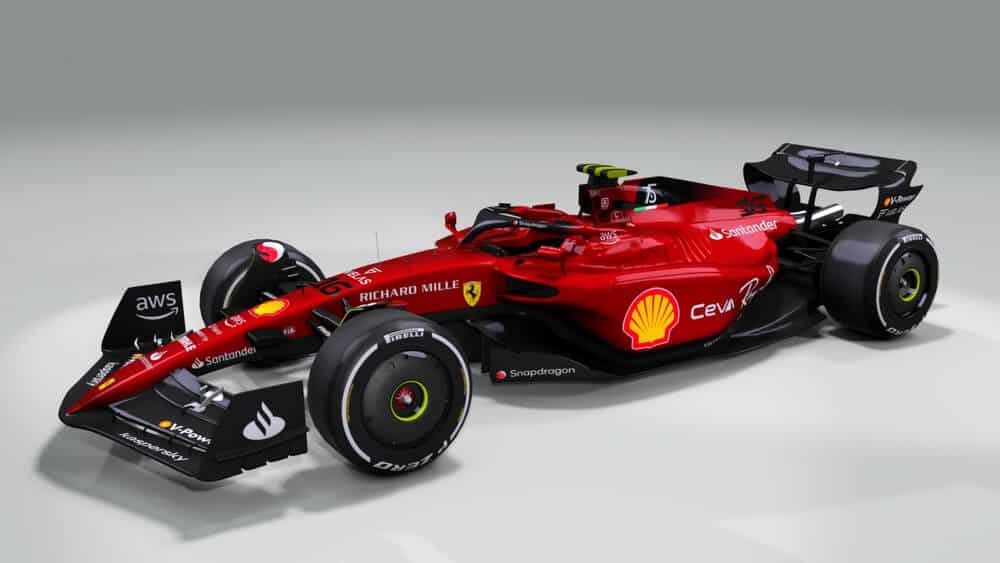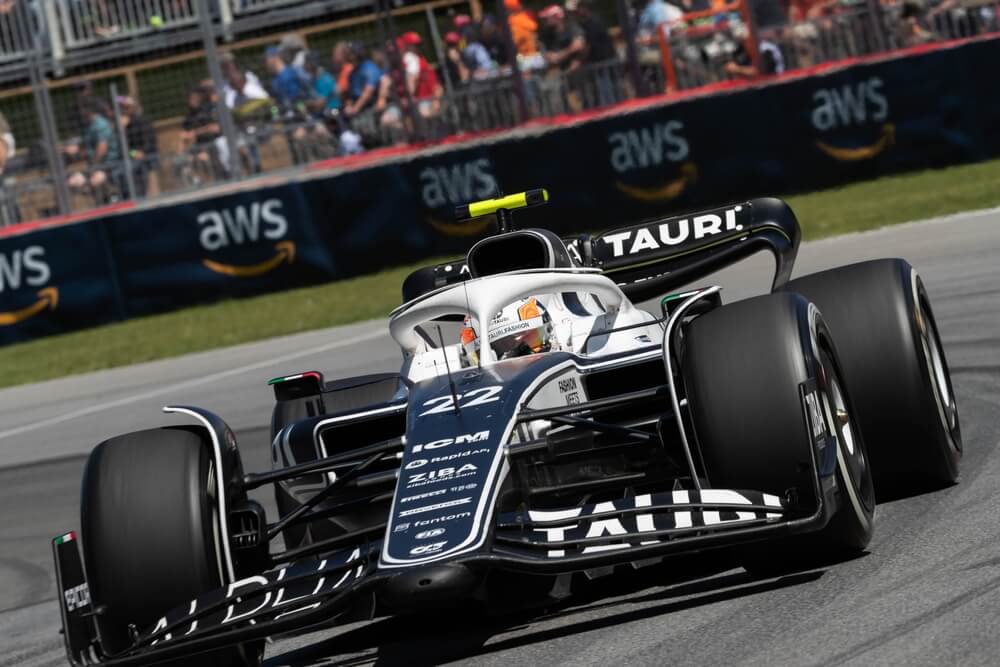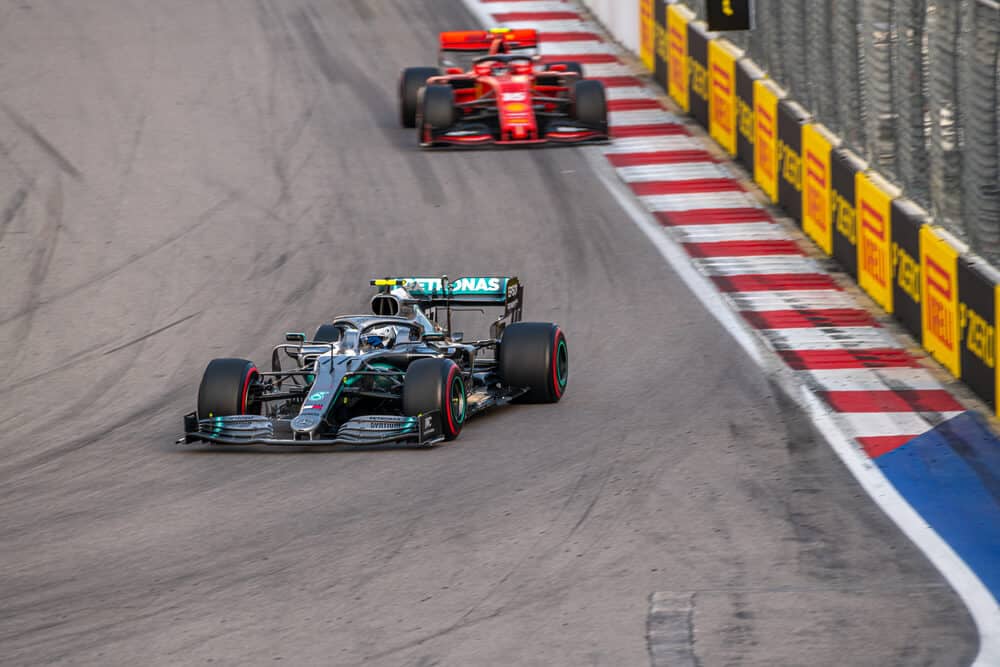For the uninitiated, Formula 1’s cost cap may seem like a foreign concept.
So, what is it exactly?
At its core, it’s a financial boundary, a limit set on how much each team can spend in a single season.
But it’s more than just a dollar figure – it’s a radical shift in the sport’s competitive landscape.
How much is the Formula 1 cost cap 2025?
The cost cap for 2023 in Formula 1 is $135 million. Introduced in 2021, the cost cap initially stood at $145 million. It’s no small figure, but in the world of F1, it’s a game changer. We’re talking about a sport where budgets can skyrocket into the hundreds of millions.
| Cost cap | |
| 2021 | $145 million |
| 2022 | $140 million |
| 2023 | $135 million |
What happens if a team breaches the F1 cost cap?
If a team breaches the F1 cost cap, they are subject to various penalties based on the severity and nature of the breach.
The regulations provide the FIA, the sport’s governing body, with a wide range of penalty options.
For minor breaches, the team might be reprimanded, lose constructors’ championship points, or be fined.
More severe breaches could lead to exclusion from a certain number of races or even the entire championship.
In the most extreme cases, the team could be disqualified from the World Championship.
It’s worth noting that every decision about a breach is made by a panel of stewards. They are responsible for determining the severity of the breach and the appropriate penalty, taking into account all relevant circumstances.
The panel’s decision can be appealed before the International Court of Appeal, providing a measure of oversight and ensuring fairness in the process.
Purpose of the Cost Cap
Let’s take a step back. Why is a cost cap needed in the first place? The answer lies in the financial disparities prevalent in Formula 1.
Money buys performance in F1, and when budgets run wild, competition suffers. The richer teams pull ahead, while the less well-off teams fight for the scraps.
The cost cap’s birth was not a sudden event. It was the result of numerous debates and discussions, seeking to address the ever-widening chasm between the ‘haves’ and the ‘have-nots.’
It was implemented with the hope of creating a more level playing field and ensuring a sustainable future for all teams, regardless of their financial might.
Implications of the Cost Cap on F1 Teams
So, what does all of this mean for the teams? Let’s break it down:
Effects on Large Teams: For the big guns of the sport, the cost cap is like a new racing line they need to follow. With their budgets now reined in, they have to get creative with how they spend. Resources need to be prioritized, and every decision counts. Mercedes and Red Bull, for instance, have had to rethink their strategies to stay within the cap.
Effects on Small Teams: For the smaller teams, the cost cap is a breath of fresh air. The likes of AlphaTauri and Williams now have a chance to compete on a more equal footing. But it’s not without its challenges. Managing budgets effectively is now more crucial than ever.
Read our article about the richest F1 teams to get a grip on which teams can have the biggest negative effects.
The future for financial control
While the cost cap is now a fixture in Formula 1, it’s likely to evolve.
Changes and amendments are planned to the rules, and there’s much speculation about how it will shape the future of the sport.
Could we see a further reduction in the cap? Or perhaps the introduction of other financial control measures?
While these questions remain unanswered, one thing’s for certain: the cost cap will continue to play a vital role in shaping Formula 1’s competitive landscape.
FAQ
The F1 cost cap is a financial limit set on the amount each team can spend on certain areas of car development and performance during a Formula 1 season. Introduced in 2021, it was initially set at $145 million, with plans to reduce it to $135 million by 2023.
The F1 cost cap was introduced to address the significant financial disparities between teams and promote a more level playing field. It aims to ensure that the sport is competitive and sustainable for all teams, regardless of their financial might.
The cost cap covers expenses related to car development and performance, including salaries of technical staff, research and development, travel costs, and more. It is designed to curb excessive spending on areas that directly affect the car’s performance.
Yes, there are several exclusions to the cost cap. These include driver salaries, the salaries of the team’s top three personnel, marketing costs, and any fees payable to the FIA or Formula 1 for participation in the championship.




